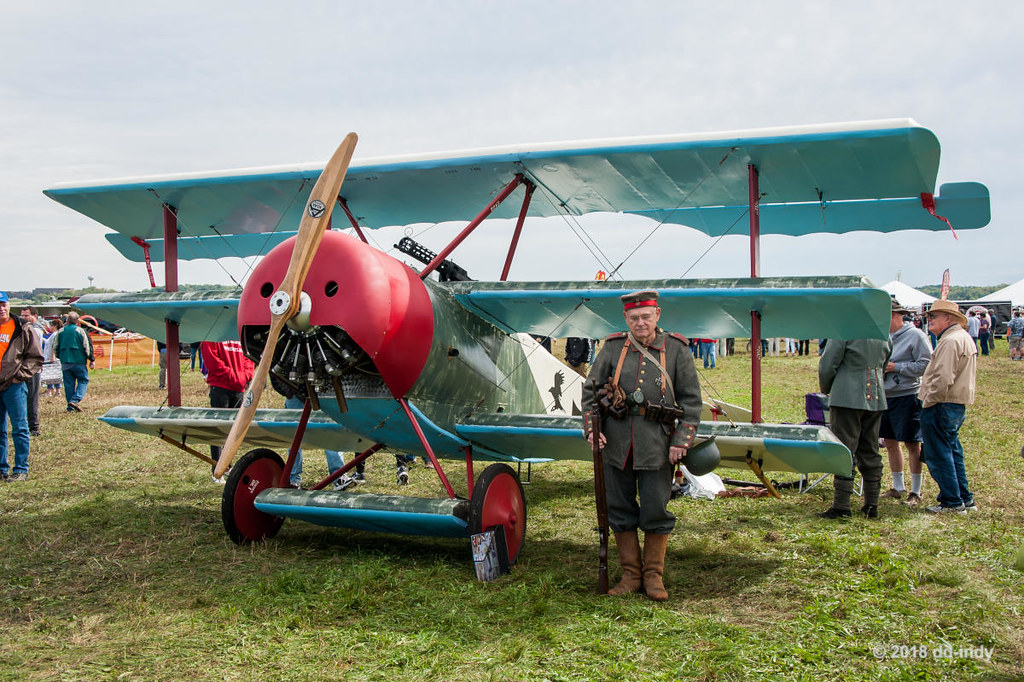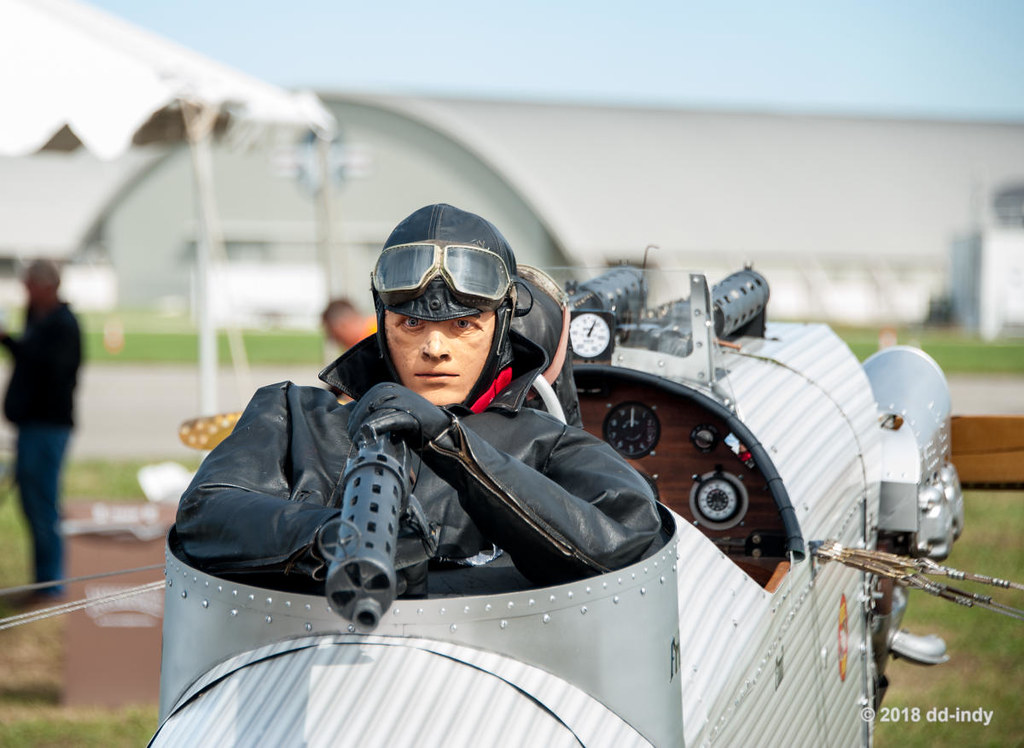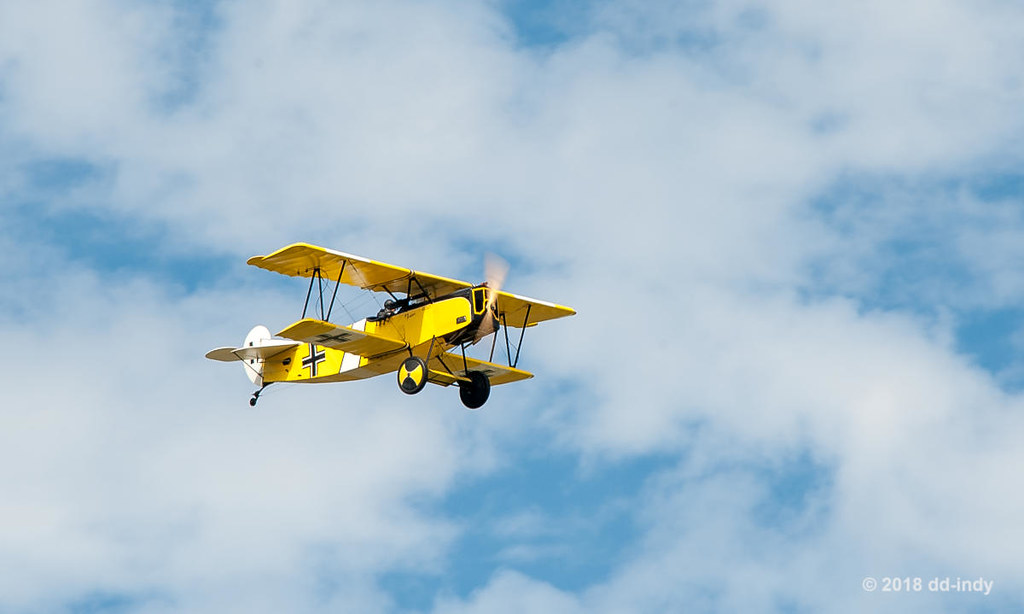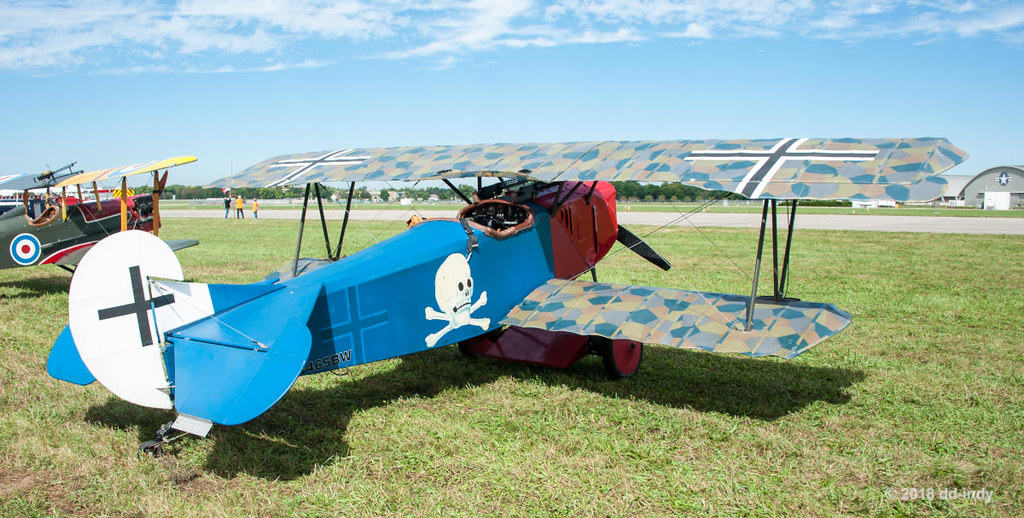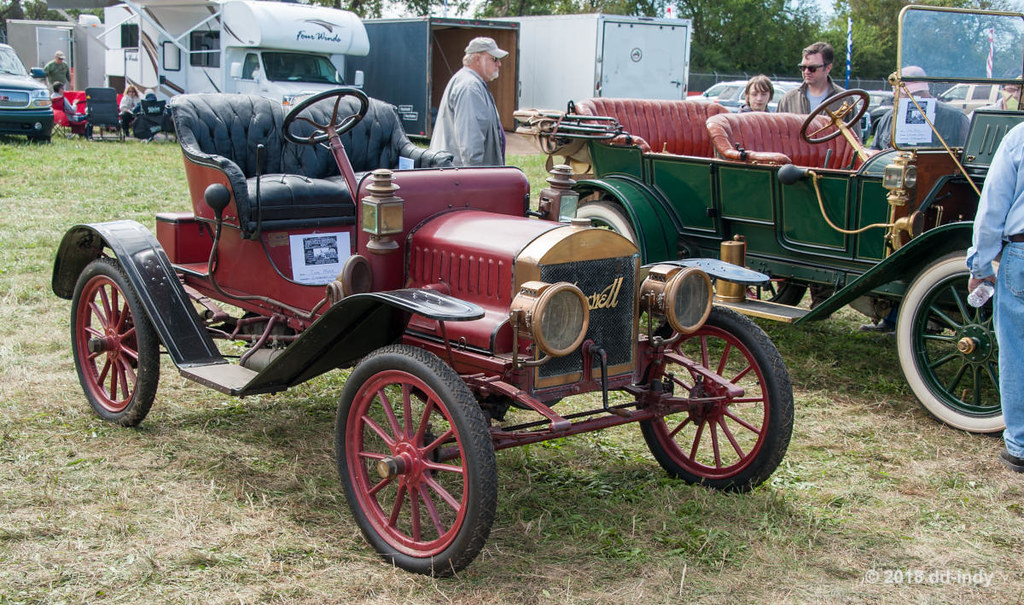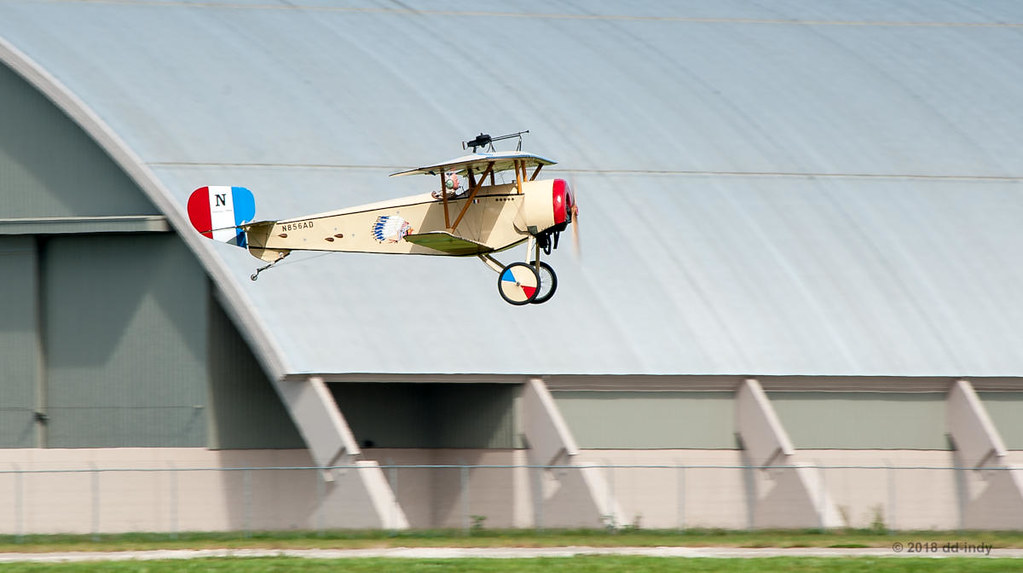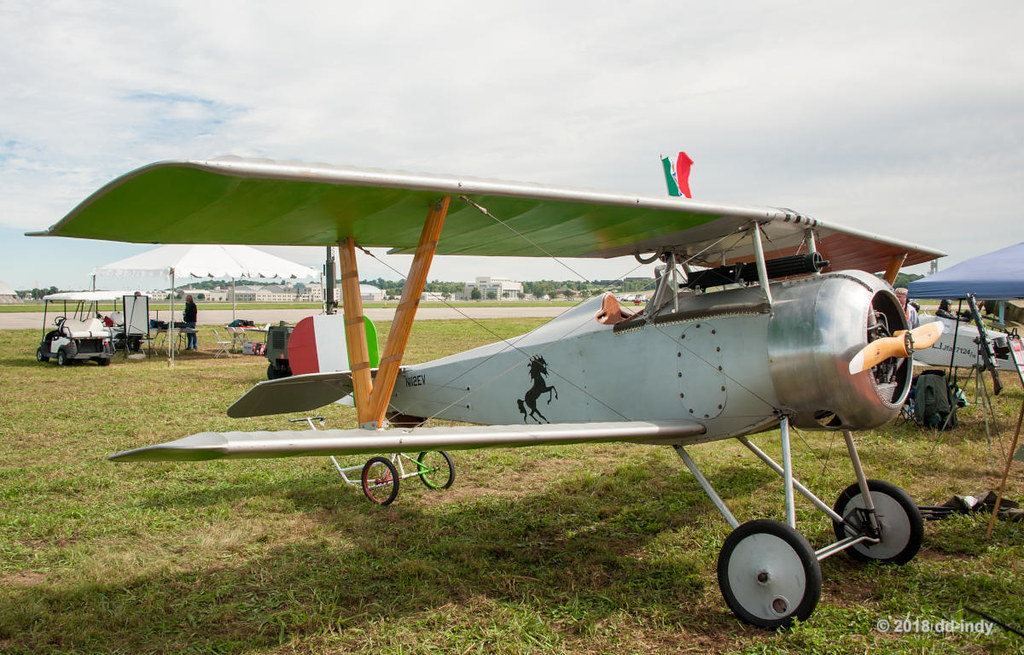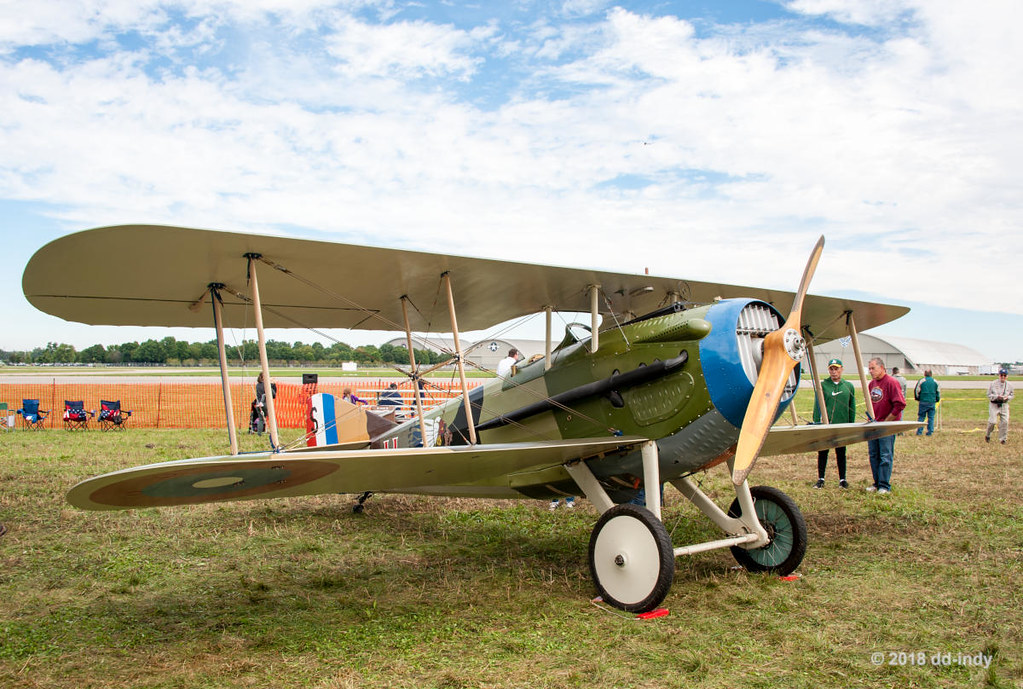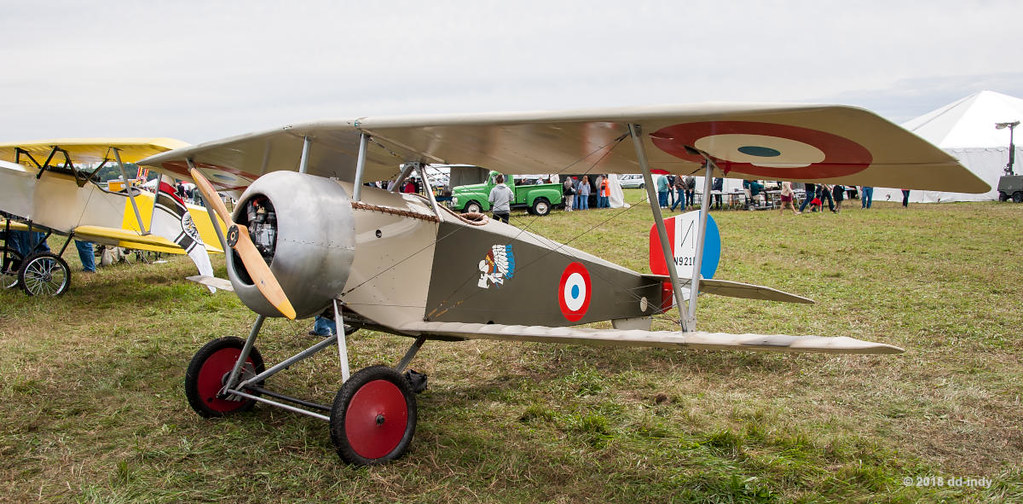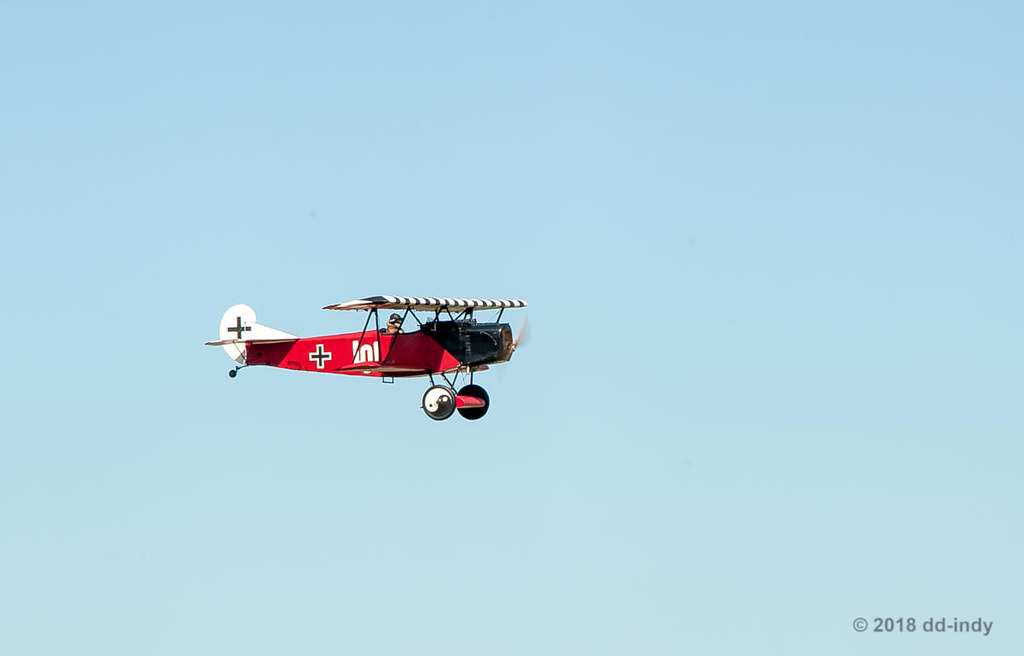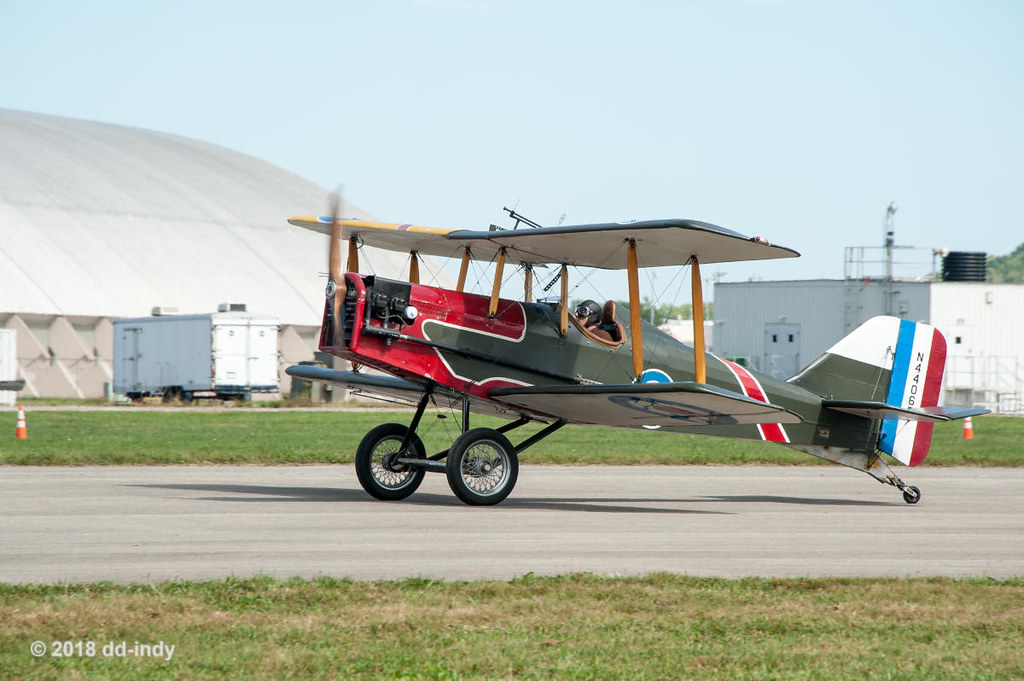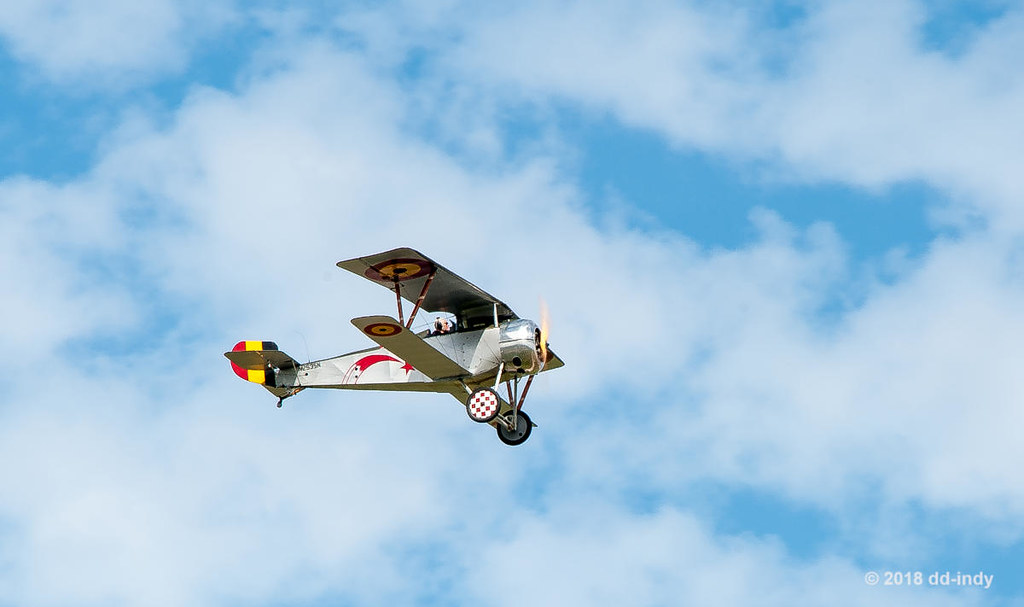In 2014 and 2018 the National Museum of the United States Air Force hosted the Dawn Patrol Rendezvous. The air show was a gathering of replica airplanes and re-enactors to mark the centennials of the beginning (1914) and end (1918) of World War One. I was able to attend both of those shows and will be posting those photos here.
There's another Rendezvous scheduled for October 7 and 8, 2022. If you're within driving distance of Dayton, Ohio, it's worth the trip to this unique event. And if you can't make the show, the museum is worth a visit. Just be aware that it will probably take at least two days to see everything in the expansive museum.
There's another Rendezvous scheduled for October 7 and 8, 2022. If you're within driving distance of Dayton, Ohio, it's worth the trip to this unique event. And if you can't make the show, the museum is worth a visit. Just be aware that it will probably take at least two days to see everything in the expansive museum.
Last edited:
